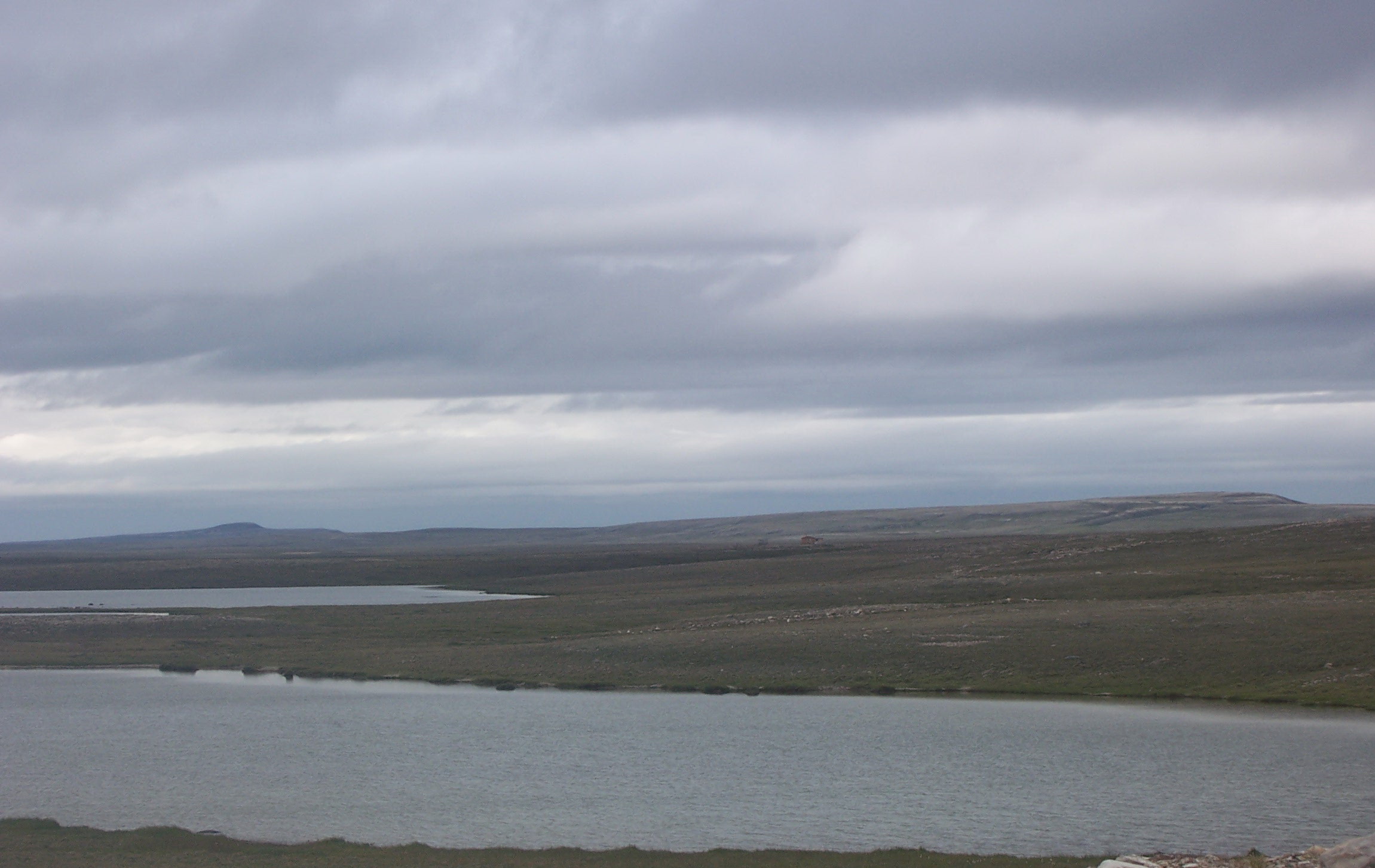Mount Pelly on:
[Wikipedia]
[Google]
[Amazon]
Uvayuq, formerly ''Ovayok'' or ''Mount Pelly'', is an Nunavut parks, QIA seek nominations for parks committees
/ref> in the Kitikmeot Region, Nunavut. It is located in northern Canada on
 Northwest of Uvayuq are two more eskers called Inuuhuktu (Baby Pelly) and Amaaqtuq (Lady Pelly). Inuit legend says that the three hills are a family of starving
Northwest of Uvayuq are two more eskers called Inuuhuktu (Baby Pelly) and Amaaqtuq (Lady Pelly). Inuit legend says that the three hills are a family of starving
esker
An esker, eskar, eschar, or os, sometimes called an ''asar'', ''osar'', or ''serpent kame'', is a long, winding ridge of stratified sand and gravel, examples of which occur in glaciated and formerly glaciated regions of Europe and North Ame ...
/ref> in the Kitikmeot Region, Nunavut. It is located in northern Canada on
Victoria Island
Victoria Island ( ikt, Kitlineq, italic=yes) is a large island in the Arctic Archipelago that straddles the boundary between Nunavut and the Northwest Territories of Canada. It is the List of islands by area, eighth-largest island in the world, ...
within the Ovayok Territorial Park. The hill, which is more than high, is located north east of the hamlet of Cambridge Bay, Nunavut.
History
The area around ''Uvayuq'' has long been used byInuit
Inuit (; iu, ᐃᓄᐃᑦ 'the people', singular: Inuk, , dual: Inuuk, ) are a group of culturally similar indigenous peoples inhabiting the Arctic and subarctic regions of Greenland, Labrador, Quebec, Nunavut, the Northwest Territories ...
for hunting and there are over 120 archaeological sites on the esker. These include ''pirujaq'' (storage cache), campsites and a grave. The oddest find was a stack of loon bones that had been "cut at every joint". This find, which the local elders indicated was something they had never seen and must have happened before their grandparents were alive, fitted in with an Inuit legend. The legend indicated that people in the area were starving and they were saved only when a skilled hunter killed a loon. To feed all the people the bones had to be broken at the joints so all could be fed.
Modern history
The esker was given its English name byThomas Simpson
Thomas Simpson FRS (20 August 1710 – 14 May 1761) was a British mathematician and inventor known for the eponymous Simpson's rule to approximate definite integrals. The attribution, as often in mathematics, can be debated: this rule had been ...
and Peter Warren Dease
Peter Warren Dease (January 1, 1788 – January 17, 1863) was a Canadian fur trader and Arctic explorer.
Biography
Early life
Peter Warren Dease was born at Michilimackinac (now Mackinac Island) on January 1, 1788, the fourth son of Dr. J ...
in 1839 to honour Sir John Henry Pelly, governor of the Hudson's Bay Company
The Hudson's Bay Company (HBC; french: Compagnie de la Baie d'Hudson) is a Canadian retail business group. A fur trading business for much of its existence, HBC now owns and operates retail stores in Canada. The company's namesake business di ...
. Simpson and Dease had travelled from Great Bear Lake
Great Bear Lake ( den, Sahtú; french: Grand lac de l'Ours) is a lake in the boreal forest of Canada. It is the largest lake entirely in Canada (Lake Superior and Lake Huron are larger but straddle the Canada–US border), the fourth-largest ...
, down the Coppermine River
The Coppermine River is a river in the North Slave and Kitikmeot regions of the Northwest Territories and Nunavut in Canada. It is long. It rises in Lac de Gras, a small lake near Great Slave Lake, and flows generally north to Coronation Gulf, ...
, to Back River. In 1850-51 John Rae, while searching the south coast of Victoria Island for clues to the lost expedition of John Franklin
Sir John Franklin (16 April 1786 – 11 June 1847) was a British Royal Navy officer and Arctic explorer. After serving in wars against Napoleonic France and the United States, he led two expeditions into the Canadian Arctic and through t ...
, climbed to the top of Mount Pelly.
Traditional belief
 Northwest of Uvayuq are two more eskers called Inuuhuktu (Baby Pelly) and Amaaqtuq (Lady Pelly). Inuit legend says that the three hills are a family of starving
Northwest of Uvayuq are two more eskers called Inuuhuktu (Baby Pelly) and Amaaqtuq (Lady Pelly). Inuit legend says that the three hills are a family of starving giant
In folklore, giants (from Ancient Greek: ''gigas'', cognate giga-) are beings of human-like appearance, but are at times prodigious in size and strength or bear an otherwise notable appearance. The word ''giant'' is first attested in 1297 fr ...
s. They were crossing Victoria Island looking for food and the father, Uvayuq, died first. Next the son, Inuuhuktu (English; "teenaged boy"), died and was followed by the mother, Amaaqtuq (English; "packing baby", see amauti
The amauti (also ''amaut'' or ''amautik'', plural ''amautiit'') is the parka worn by Inuit women of the eastern area of Northern Canada. Up until about two years of age, the child nestles against the mother's back in the amaut, the built-in baby ...
), who was carrying her baby.
References
{{Mountains of Nunavut Mountains of Kitikmeot Region